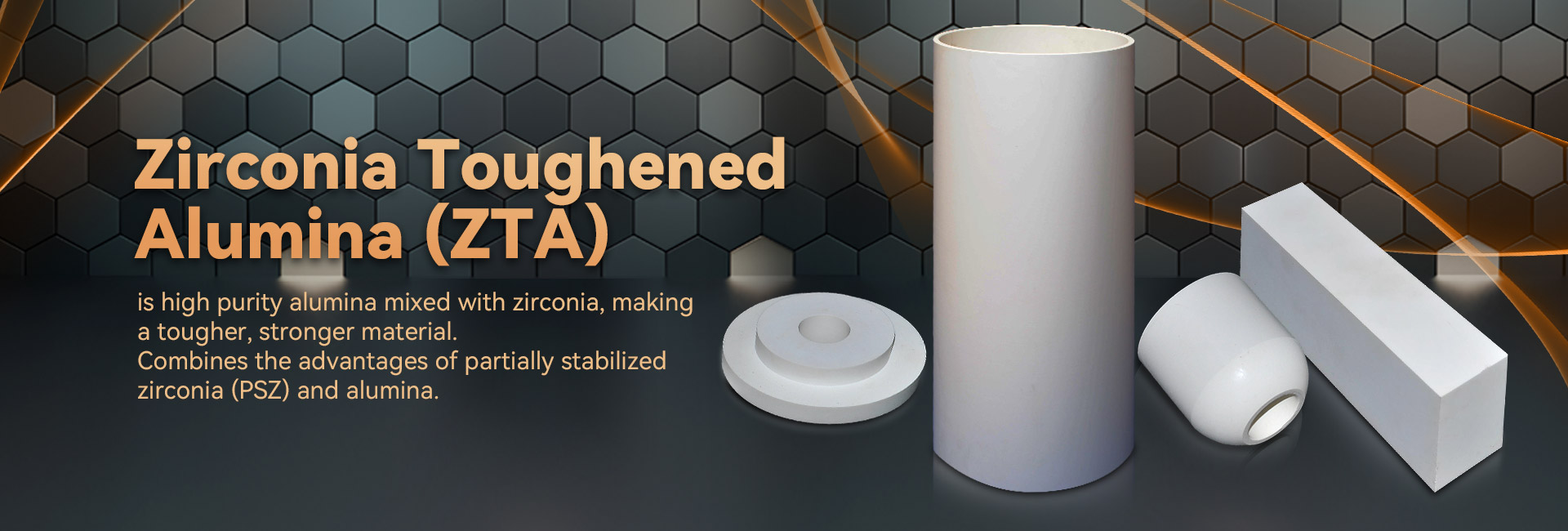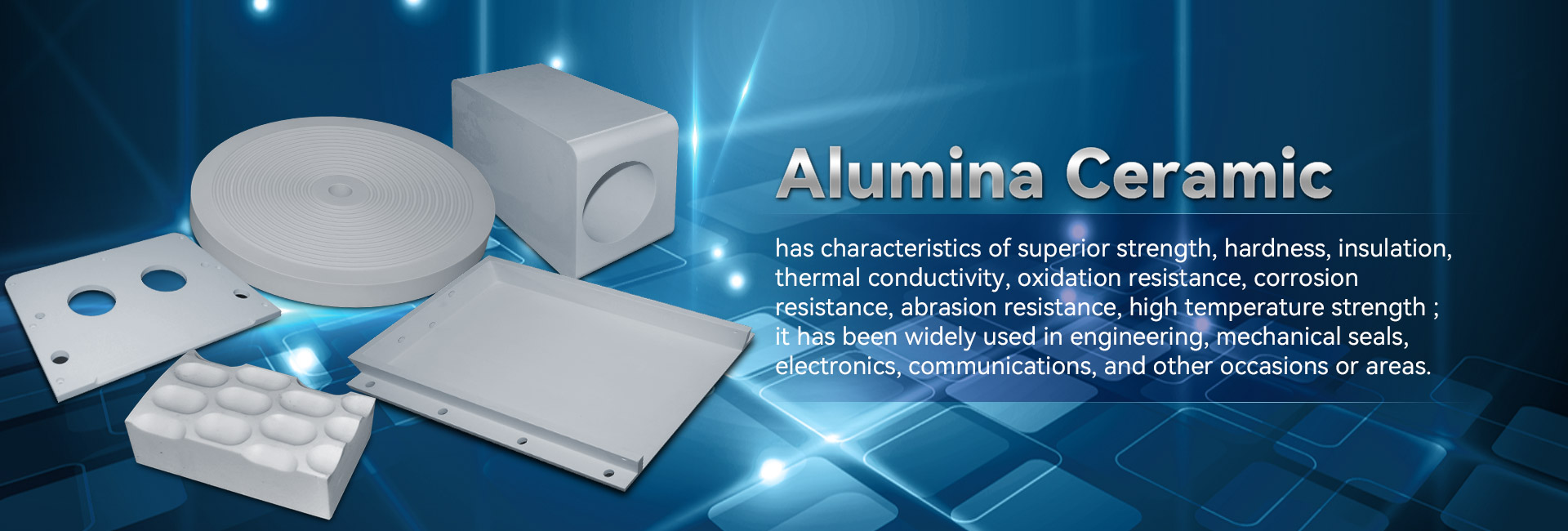
Advanced component display unique molecular characteristics, transforming them perfect for a diverse selection of implementations. Deriving from outer space and driving to digital devices, these substances are rapidly enhancing to cope with the expectations of a state-of-the-art market.
- Their strength and against to unforgiving atmospheres make them fundamental for advanced equipment.
- What's more, technical ceramics furnish pros in terms of lightweighting, aiding the innovation of state-of-the-art solutions.
Producing Elements: Engineered for Enhanced Effectiveness
Developed ceramics stand out in severe assignments due to their superior traits. Produced from selected with care raw ingredients and experiencing comprehensive processing techniques, these modern substances exhibit exceptional resilience, corrosion resistance, and endurance to intense atmospheres, chemical attack, and scraping. From space ingredients to milling tools, industrial ceramics offer superior functionality across wide-ranging domains. Their pliability allows withstanding stringent places, ensuring durability and soundness. As development progresses, the demand for top-tier substances grows, cementing the major part of industrial ceramics in shaping a stronger age.
Cutting-Edge Ceramics: Extending Fabric Confines
Material, manifesting remarkable strength and persistence, are underwent a evolution. Advanced ceramics, developed with exact control over their configuration and minutiae, stretching the barriers of the extent of realizable. These substances carry a broad assortment of characteristics, substantially aiding them optimal for demanding applications such as spacecraft, clinical field, and power generation. From low mass parts that can endure extreme thermal states to body-friendly implants that bond tightly with the living system, advanced ceramics are recasting our world.
Fine Ceramic Creation: Accomplishing Specialized Demands
Manufactured ceramic fabrication has matured notably in recent phases, providing the production of detailed and highly practical ceramic components. These components are essential across a broad range of industries, including aerospace, healthcare, and technological domains. Fulfilling the exacting specifications for these incidences calls for exact fabrication procedures that ensure dimensional strictness, surface coating, and material traits. Leading ceramic fabrication processes utilize numerical methods, including slip casting, injection molding, and additive manufacturing. These procedures facilitate the manufacture of complicated forms and scrupulous details with excellent precision. Furthermore, advances in material technology have given rise to new ceramic compounds endowed with superior aspects. These composites show increased power, lastingness, and tolerance to intense energy conditions, allowing their use in rigorous sectors.
The outlooks for detailed ceramic fabrication are vast. As research and forward movement move ahead, we can count on even more state-of-the-art methods and forms that will further enhance the boundaries of what is feasible in this domain.
Exceptional Ceramic Products for Severe Situations
Advanced ceramic ingredients possess extraordinary hardness and safeguards against inimical settings, making them fitting for unrelenting ploys in defense fields. These specialized ceramics can survive elevated thermic loads, guard against deterioration, and keep their robustness under rigorous kinetic forces. Their unparalleled microstructural features empower reliable output in tough conditions, including kilns, jet engines, and nuclear reactors.
- Ceramic composites
- Temperature endurance
- Reduced mass
Composite Ceramics: Uniting Strength and Effectiveness
Mixed ceramics furnish a potent mix of mechanical robustness and distinct tailored features. Through the amalgamation of ceramic units within a matrix, these composites achieve excellent capabilities. This alloy results in heightened defense against high temperatures, wearing, and chemical degradation, rendering them desirable for precise operations in aviation, vehicles, and electricity arenas. Furthermore, ceramic composites are designed to possess specific properties like electrical conductivity or biocompatibility, stretching their applicability across diverse sectors.
Microscopic Oversight in Advanced Ceramics
Securing specified qualities in modern ceramics frequently requires precise oversight over their internal structure. Several processing specifications, including sintering thermal exposure, time, and atmosphere, alongside the incorporation of dopants or supporting phases, considerably affect the arrangement of aggregates, open volume, and other microstructural elements. Exact modification of these parameters allows for the increase of durability, crack resistance, and conductive conductivity. For example, lifting the sintering firing temperature can foster grain development, thus increasing compression and improving mechanical fortitude. Conversely, managing the firing atmosphere may influence the oxidation form of the ceramic, thereby influencing its electrical charge transport or magnetic influences. Understanding these relationships between microstructure and properties is essential for creating advanced ceramics with fine-tuned functionality suitable for extensive deployments.
Hardness-Boosting Ceramics: Increasing Strength
Inside demanding workshop branches, where items are submitted to to constant grinding and damage, substances with high wear resistance are paramountly crucial. Wear-resistant ceramics have appeared as a dominant resolution, delivering unparalleled fortitude and functionality in diverse covers such as operation, mining, and aerospace. These leading elements possess a distinctive grain layout that boosts their aptitude to oppose crumbling. By exploiting the intrinsic robustness and firmness of ceramic elements, engineers can craft sturdy sections capable of weathering the most rigorous operating conditions.
Medical-Grade Elements: Functions in Health Industry
Medical-grade ceramics have remodeled the medical realm, delivering an array of profitable features for various assignments. These compounds are inert within the biological entity, minimizing sensitivity responses and fostering repair. A prime mission for biocompatible ceramics is in joint replacements, where their robustness sustains long-lasting stability to damaged tissues.
In addition, they are deployed in dental prosthetics, presenting a strong and attractive solution for dental prostheses. Ceramics also exercise a key function in pharmaceutical applications, supporting the localized transport of compounds to specific regions within the living entity.
- Over and above, biocompatible ceramics are repeatedly being explored for biological scaffolding, serving as a foundation for tissue regeneration.
- Because of this, the horizon of biocompatible ceramics in clinical practice looks optimistic, with continual explorations expanding their possibilities.
High-Tech Ceramic Sensors: Enabling Trustworthy Readings
Smart ceramic detectors have come forth as key parts across a diverse array of domains. ceramic tube These instruments utilize the one-of-a-kind dimensions of ceramic substances to deliver highly trustworthy evaluations. Their hardiness in {demanding|harsh| 